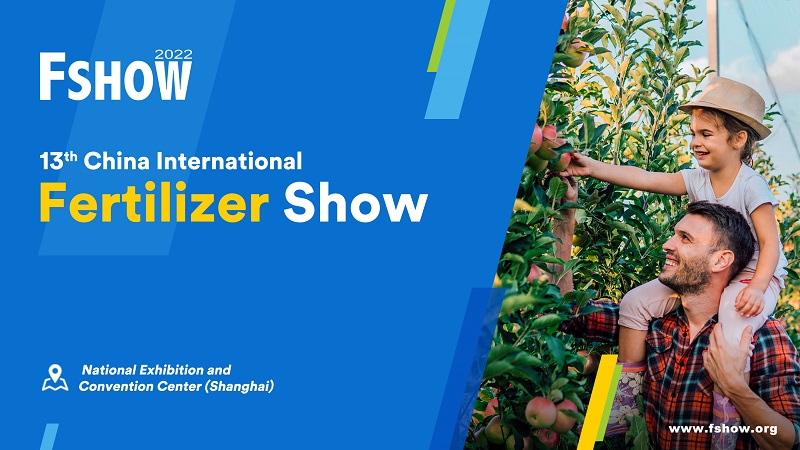
Exhibition time: 17-19 March, 2026 Shanghai, China
 中文
中文

Exhibition time: 17-19 March, 2026 Shanghai, China
 中文
中文

Key words of the passage: fertilizer; agriculture; technology; soil
The market of chemical synthesis fertilizers has grown strongly in recent years, accompanying the increase in grain production. However, according to several analyses, Argentina needs to double its consumption of chemical fertilizers to maintain and ensure productivity in the face of the continuous extraction of nutrients from the soil.
Nowadays, the world market of fertilizers is in turmoil, with price hikes and severe supply constraints. This calls for the pursuit of alternative solutions to achieve the combined objectives of increased production and productivity under economic conditions while continuing to protect soil health.
It is in this sense that applied biotechnology is contributing to the discovery and development of new fertilization techniques for crops, with less expenditure of fossil energy, which translates into less atmospheric contamination, pollution and soil degradation. In other words, a sustainable agriculture, which is "any agricultural system that has the capacity to maintain a certain level of yield over time without damaging the ecological integrity of the system", according to the definition of the World Commission on Environment and Development, created by the United Nations in 1983. Thus, it is a system that is economically viable in the short term, but that maintains the productivity of the natural resource in the long term, which implies the rational use of resources, so that they last over time and our children have the same possibilities as we do to use them.
The fundamental objective of sustainable agriculture would then be to develop agricultural systems that are productive, reliable, conserve energy, conserve environmental quality and natural resources, and provide safe and quality food.
The intention of these paragraphs is not to pose a technological confrontation, a "rift" between chemical and biological fertilization that would imply discerning which is better or worse. It is a matter of joining forces. In the very short term, biological products will emerge that can be complemented with chemical products, and work will begin on a new concept, or a paradigmatic change, that will allow complementarity between these technologies, beginning to incorporate the concept of mixed fertilization where the sum of the parts is greater than their addition. This is what we mean by the idea of technological synergism, which contributes to the whole system.
This is undoubtedly feasible and is getting closer. As a food producing country, we must observe the global trend and meet the requirements that Europe will begin to demand in the coming years, such as reducing the use of fertilizers and agrochemicals to 50%. Therefore, unquestionably, technologies will have to improve and become complementary. The solutions exist and we know of biological alternatives that can be integrated into conventional fertilizer versions.
In short, agriculture, in a broad sense, is not a factory that leaves everything to the free will of nature, but a human activity in which producers integrate various agro-ecological and economic factors to optimize production results. Therefore, it would be reasonable to think that producers should be interested in learning about new and different alternatives when fertilizing their soils, under this new concept of mixed fertilization, as an important component of a much more sustainable agricultural environment.
Biotechnology applied to agriculture through the action of bacteria is a subject that is gaining more and more attention, due to the aforementioned and its multiple applications and surprising results. The key to success lies in the beneficial relationship that certain microorganisms establish with the environment in which they are introduced, something that at first sight seems very simple, but whose achievement is very complex.
Source: AgroNews
